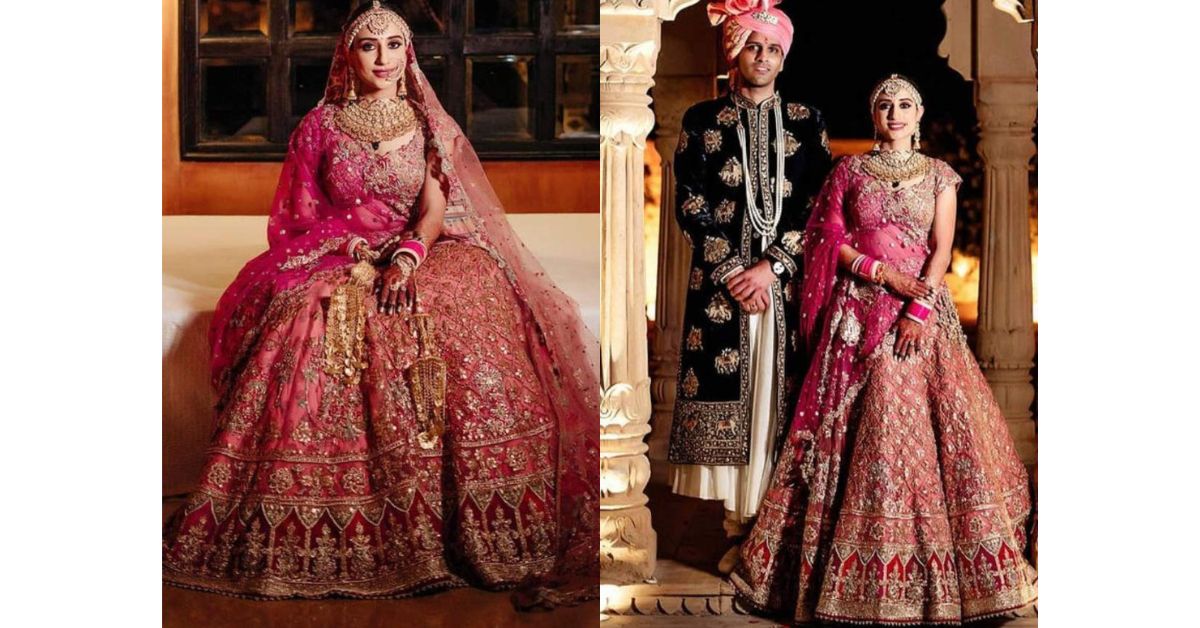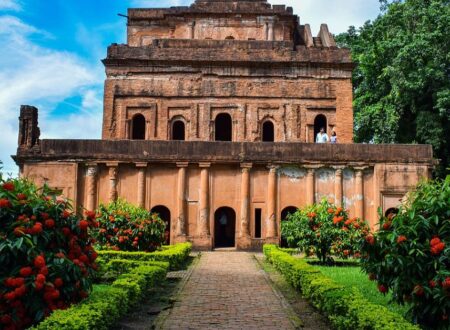Indian art never fails to surprise us with its traditional forms and variations. Zardozi’s work is a unique type of Indian embroidery in various parts of the country. The embroidery is highly influential in the early Persian culture with a fusion of Indian touch. Zardozi is a simple word that breaks into Zari and Dozi; this means gold and sewing respectively. It is basically sewing different parents through metallic embroidery with silver and golden threads. The work is generally on silk, satin, or velvet. Zardozi’s work has immense fame in traditional art since it was in royal carpets, tents, wall hangings, and paraphernalia for supreme horses and animals in the kingdom.
History of Zardozi’s Work
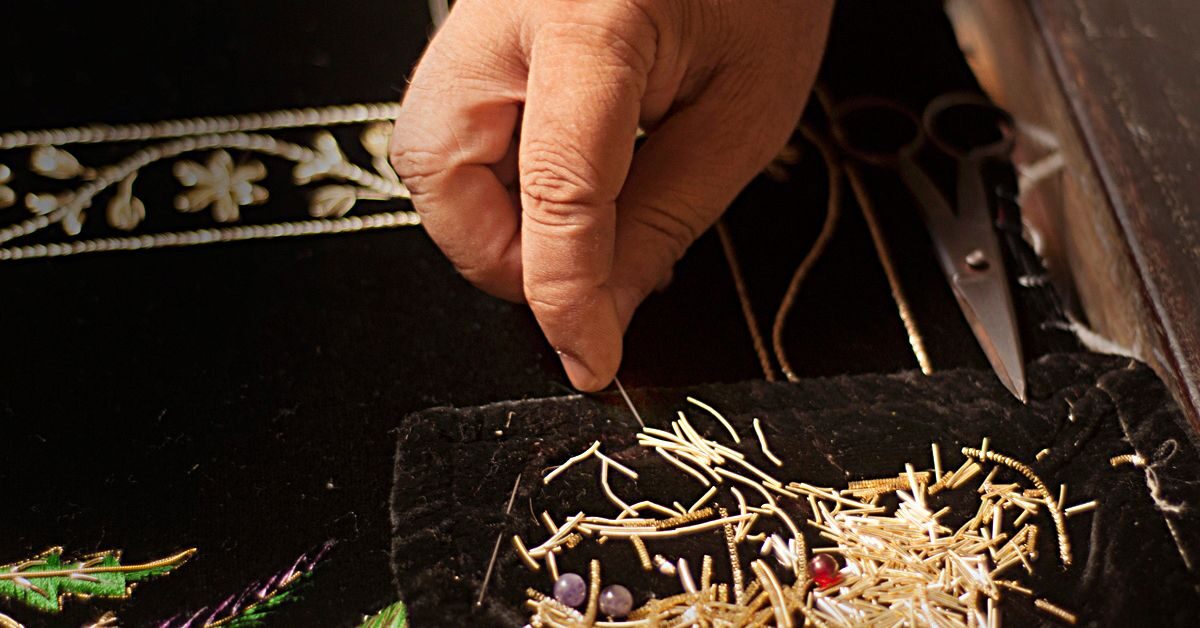
Zardozi’s work was initially in the purest form with real silver wires and leaves of gold. Indian art always had the existence of gold embroidery since the times of Rigveda. This art was in the 17th century during the royal reign of Mughal emperor Akbar. However, this traditional art fell down during the rule of Aurangzeb. Industrialization led to the decline of Zardozi’s work.
The artisans were not valued enough for their excellency in metallic embroidery leading to loss. The major reason was the high cost of raw materials which were unaffordable to the local craftsmen. Only after India’s independence in 1947, Zardozi’s work was given importance. The beauty of this Indian embroidery was gradually back through Government initiatives.
Making of Zari

Zari is the basic step for creating Zardozi work of any kind on fabric. This Zari is by twisting the metallic strips available in different colors. Gold and silver strips are majorly in use for creating Zari. The flattened threads of gold or silver are on the silk or the desired fabric. Further, the entire zari is passed through a brightener to intensify its luster. Most of the Zari work is recognized by its intricacy and minute detailing. The brightening process makes Zari even more royal and aesthetic in the Indian embroidery category.
Method of Zardozi Embroidery
The metallic embroidery is completed by craftsmen with incomparable skills. These craftsmen sit cross-legged in front of Addaa (wooden frame). Various tools are in use for creating Indian embroidery on the fabric including needles, curved hooks, and salmaa pieces (gold strings). Pearls, beads, sequins, metal stars, and other decorative materials are in use to create this traditional art. The thread is full of the required material and the sewing procedure begins.
The second step is to create designs on the desired cloth. These designs vary from place to place depending upon the ancient influence of architecture, paintings, and carvings. Each element in Zardozi is through a needle while integrating into the fabric.
Two forms of Zardozi Work
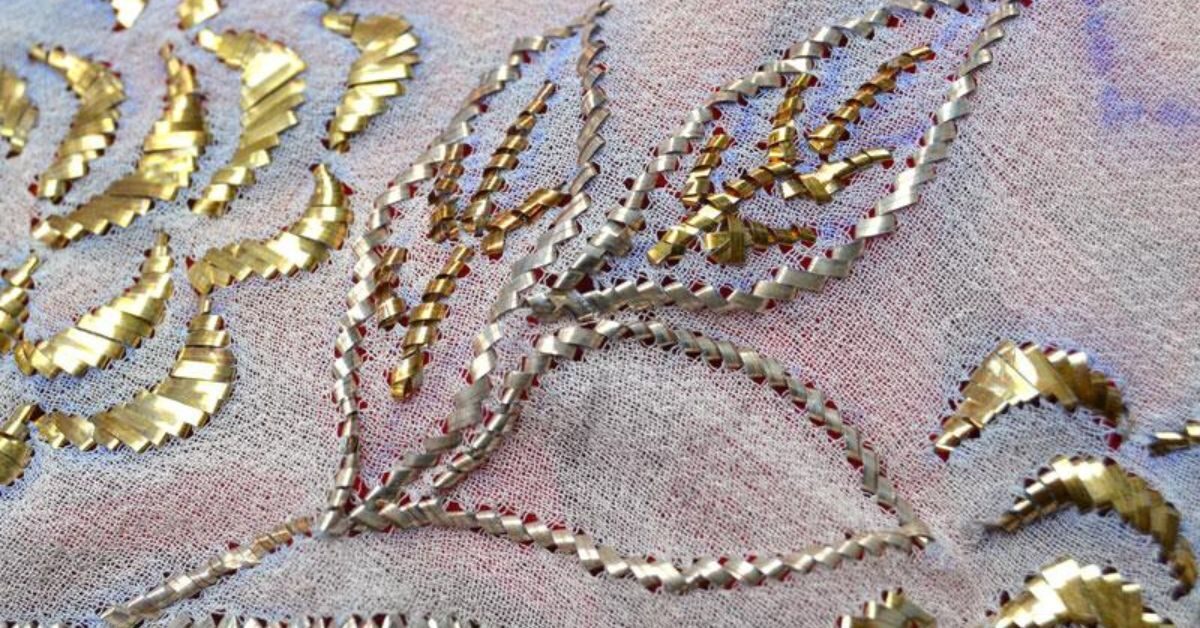
Zardozi is broadly classified into two different styles depending on the artwork, usage of thread, and its density. Zardozi’s work also varies from city to city while Lucknow is the central hub for this traditional art.
Karchobi is the first style of Zardozi in feature by thread work on super heavy fabrics like satin or velvet. The royalty of work is on furnishings, wall hangings, coats, or even tent coverings.
Kamdani is yet another style to carry out the art of metallic embroidery. Kamdani has gained popularity in the state of Rajasthan. It is lightweight fabrics that are in use for everyday clothing. Silk and muslin fabrics are major for Kamdani’s work. The work is also famous for veils and scarves along with bridal lehengas across India.
Present Day Condition of Zardozi Work
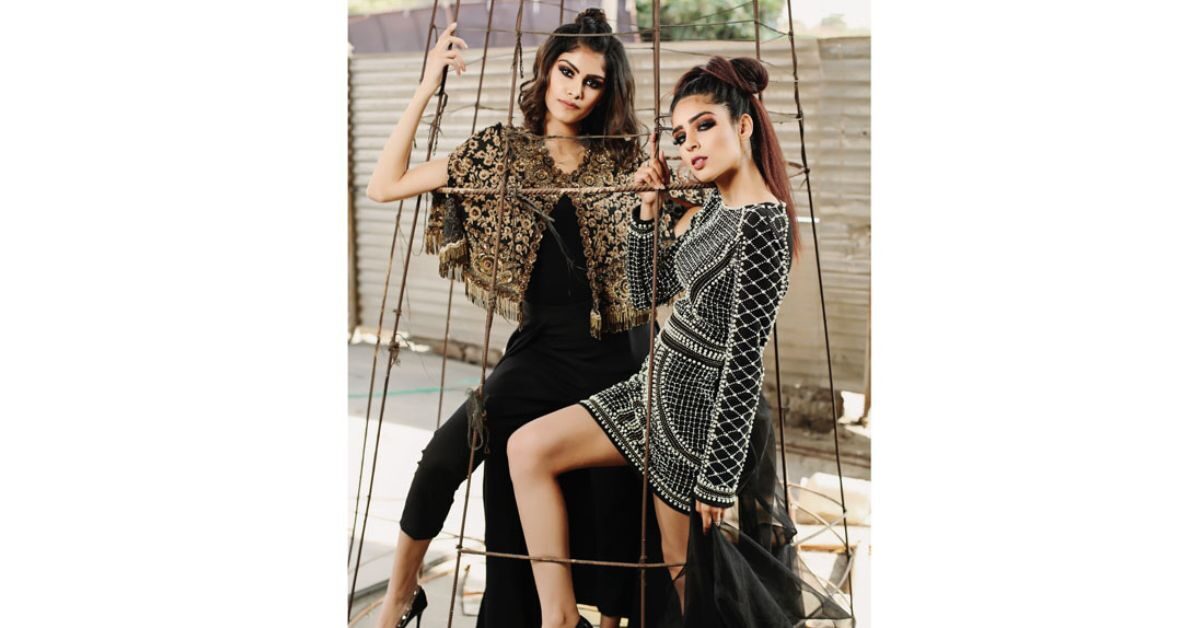
After the decline of the reign of Aurangzeb, Zardozi’s work started gaining popularity across India. Currently, this traditional art is in a variety of clothing and fashion accessories. You can find Zardozi purses, belts, shoes, and heavy stoles. Moreover, coats and dresses made from metallic embroidery have received international recognition as well. Zardozi’s work is famous in several Bollywood films.
Due to technological advancements in the textile industry, Zardozi’s work is highly in the city of Lucknow. You can find spectacular Indian art in the form of clothing and royal carpets. Moreover, the supremacy of ancient designs is now being replaceable by economic and trendy designs. hOWEVER, Indian embroidery has now become a style statement for several fashion bloggers in India. Also, new-age fashion designers and fashion houses consider Zardozi to amplify the glamour in outfits. Chennai, Bhopal, and Farrukhabad are also leading producers of Zardozi’s work.
Zardozi’s work is a depiction of Indian royalty dating back to the Persian culture; this is an absolute mix of class with a style statement. It is indeed the right opportunity to browse jaw-dropping designs to dress just like a royal Indian!

